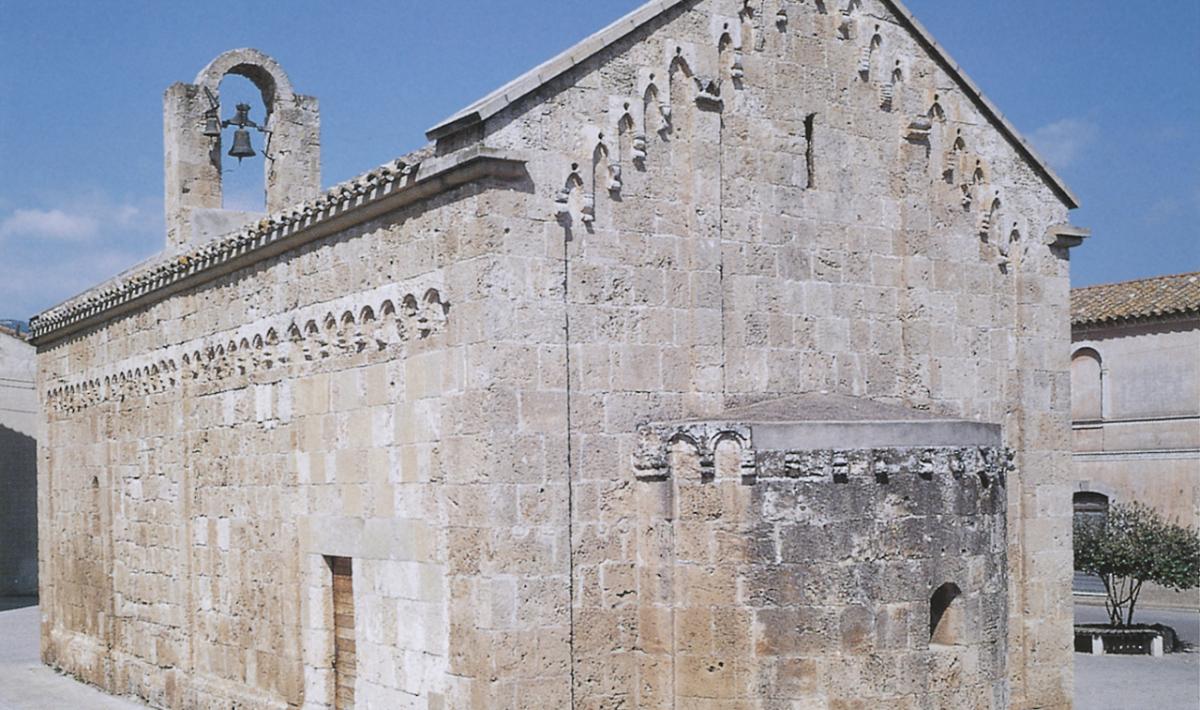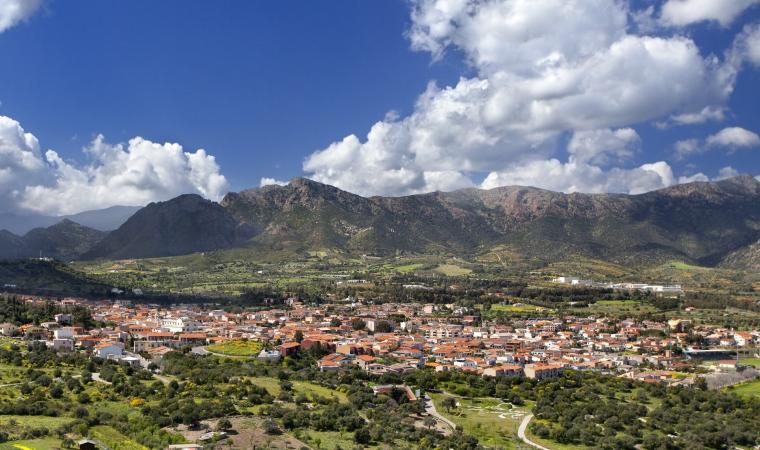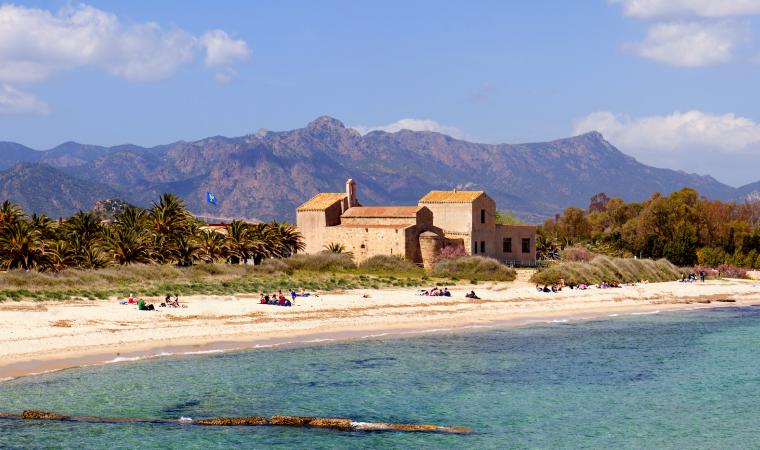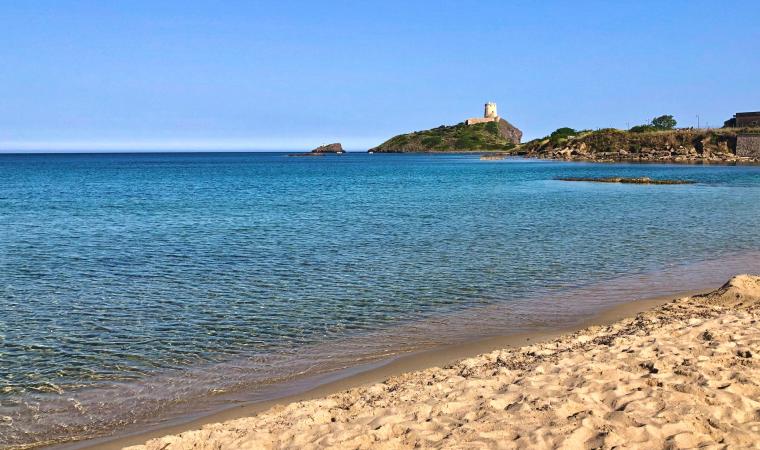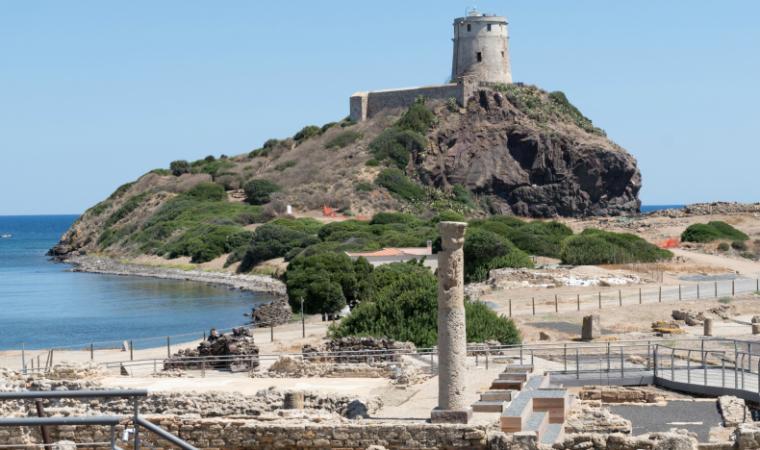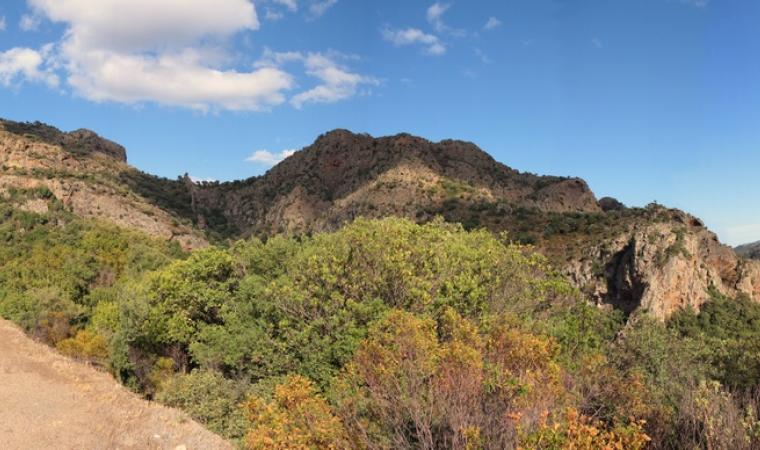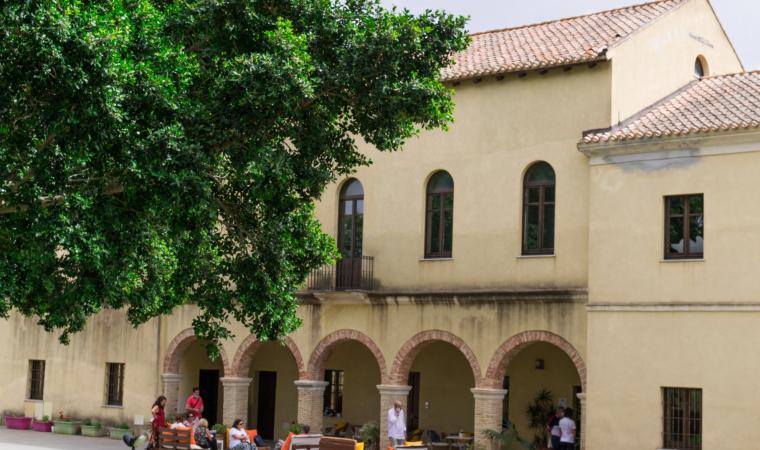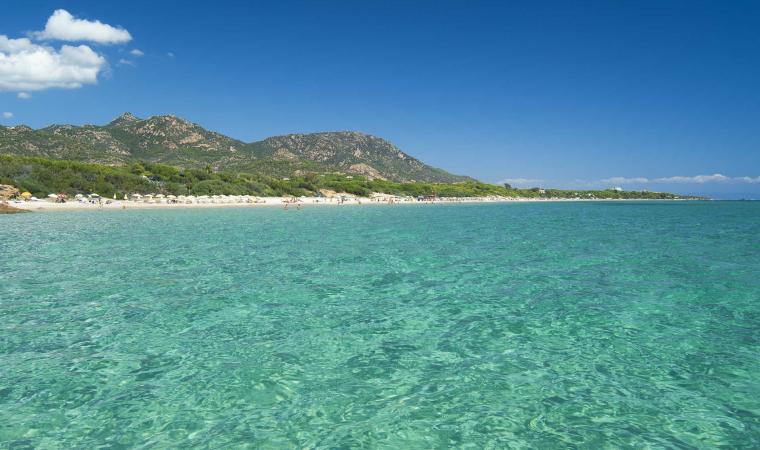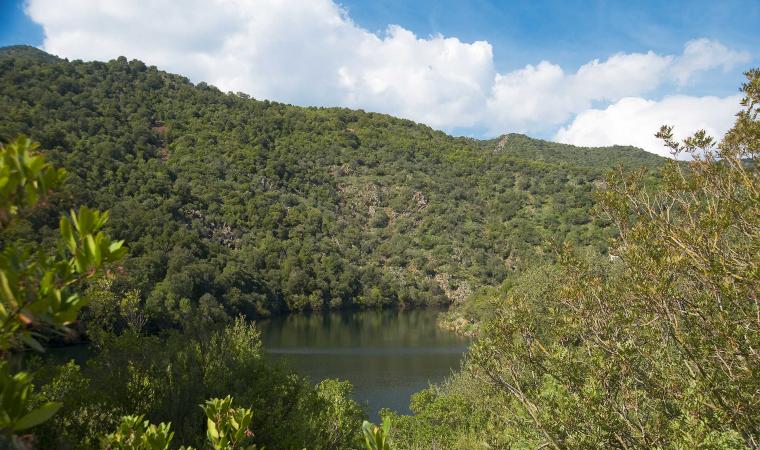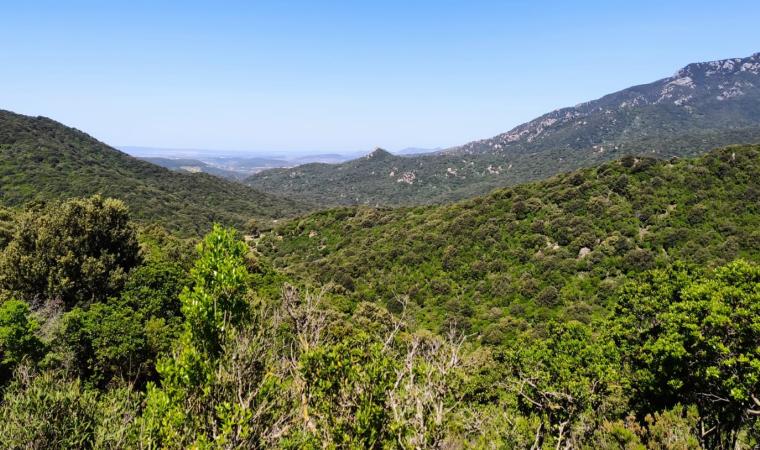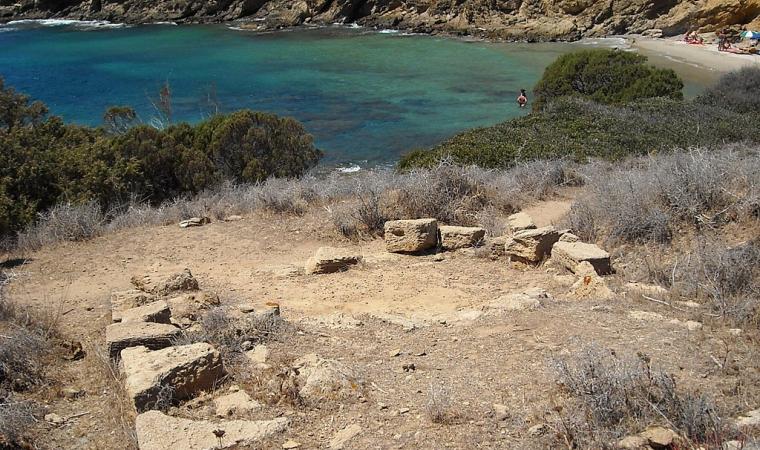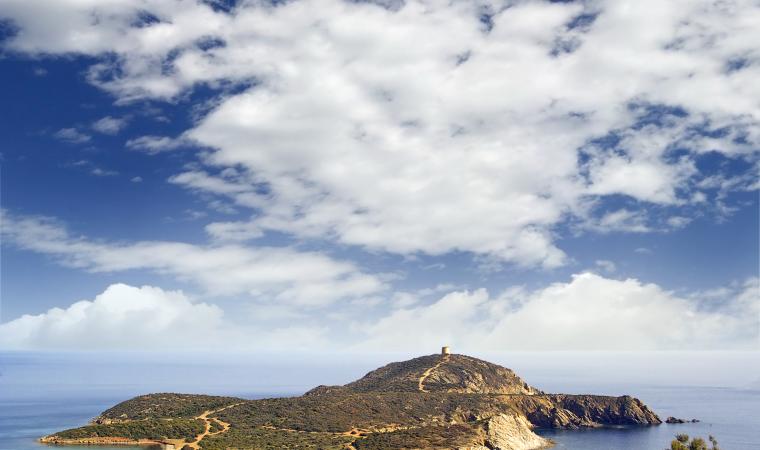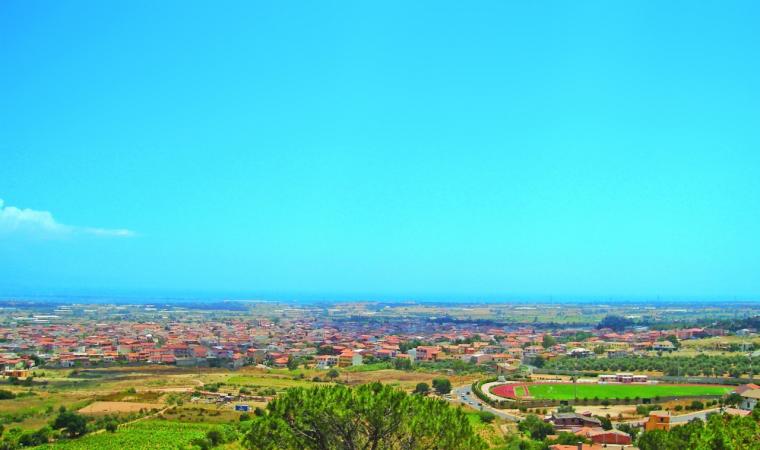It stretches along the foot of Mount Punta Sa Cresia, half an hour from Cagliari. Villa San Pietro is a village with an agricultural and pastoral vocation and two thousand inhabitants, in constant growth since the end of the nineteen sixties, making it unique among the island's Municipalities. Its territory does not have an outlet to the sea, but it extends as far as the beach of large-grained sand and pebbles of Porto Colombu, near the tourist port of Perd'e Sali, not far from Pula and from its marvellous shoreline. In the hinterland, there is the lush forest of Monte Nieddu, which extends over granite massifs, and the green expanse of Is Cannoneris, a wildlife oasis repopulated with Sardinian deer and fallow deer and moistened by various watercourses. Forests of holm oaks, Mediterranean scrub and conifers disappear on the horizon: you can travel through them along well-marked trekking trails. From the summit of the territory, Punta Sebera, you can admire part of the Gulf of Cagliari and the southwestern coast.
The village, which emerged around the year one thousand, gets its name from the pretty Romanesque church of San Pietro. Built around the end of the 13th century, it has a single nave and a wooden roof. The façade is adorned with a belfry and an oculus. The interior was originally built with terracotta and granite slabs and the floor was entirely paved in stone. The celebrations in honour of the patron saint take place at the end of June. The evocative Festa di Sant'Efisio celebration takes place in stages: the saint's carriage passes through Villa San Pietro on 2 May and continues on through Nora; on 4 May, on its way back, it stops at Villa Atzori.
The first nucleus of the village was Roman, while the territory has been inhabited since the Nuragic age: there are three Tombs of Giants, Su Cuccumeu, Perda e’ Accuzzai and Su Lilloni, and the Mereu Nuraghe, which is still partially buried on top of a hill on the border of Sarroch, around which there may have been a village. The megalithic tomb was connected to the settlement, a few tens of metres away. The remains of other villages are in Porcili Mannu and Sa Sucraxia, located inside the forest. The most likely hypothesis is that they are the dwellings of families of Moors, enslaved by the Romans and forced to work in the mines of the Sulcis area. There is a necropolis near the ruins of the dwellings.

